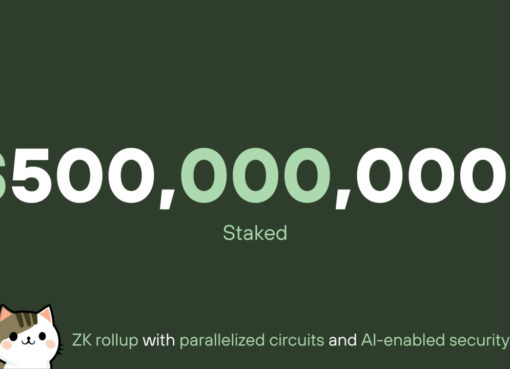By Marcus Sotiriou, Market Analyst at the publicly listed digital asset broker GlobalBlock (TSXV:BLOK)
After Bitcoin’s incredible rally to $25,000 last week, Bitcoin is currently consolidating around $24,500. Amongst the regulatory onslaught in the US that has occurred recently, crypto investors have been unphased.
The SEC issued a Wells Notice for Paxos (the issuer of BUSD) last week, who have a direct relationship with global digital asset platform Binance. The SEC told Paxos that they are planning to sue them for their issuance of BUSD, supposedly because BUSD is a security. However, it was reported today that Paxos said it is ready to challenge the SEC over its claims that BUSD is a security. Although the details of the SEC’s case have not been released, I think Paxos has a great chance of winning this challenge. This is because all definitions of securities involve use as an investment with the expectation of profit. A stablecoin such as BUSD, with no upside, cannot have an expectation of profit, so it is hard to see how/why the SEC has made these claims. This could potentially be a backdoor way of going after Binance, as Paxos is the only American based company that is directly affiliated with Binance.
DBS, the largest bank in Southeast Asia, has revealed that the trading volume of its digital asset platform increased by 80% in 2022 while ETH trading volume surged 65%. A DBS executive said, “We believe that the market has decisively shifted its focus towards trust and stability, especially in the wake of multiple scandals that have rocked the industry.”
Could the next bull run start in the East, amongst the lack of clarity for crypto companies in the US? The increase in trading volume on DBS’s digital asset platform is a reminder that any government, even the US, that does not offer clear guidance could potentially be left behind in the fourth industrial revolution.




